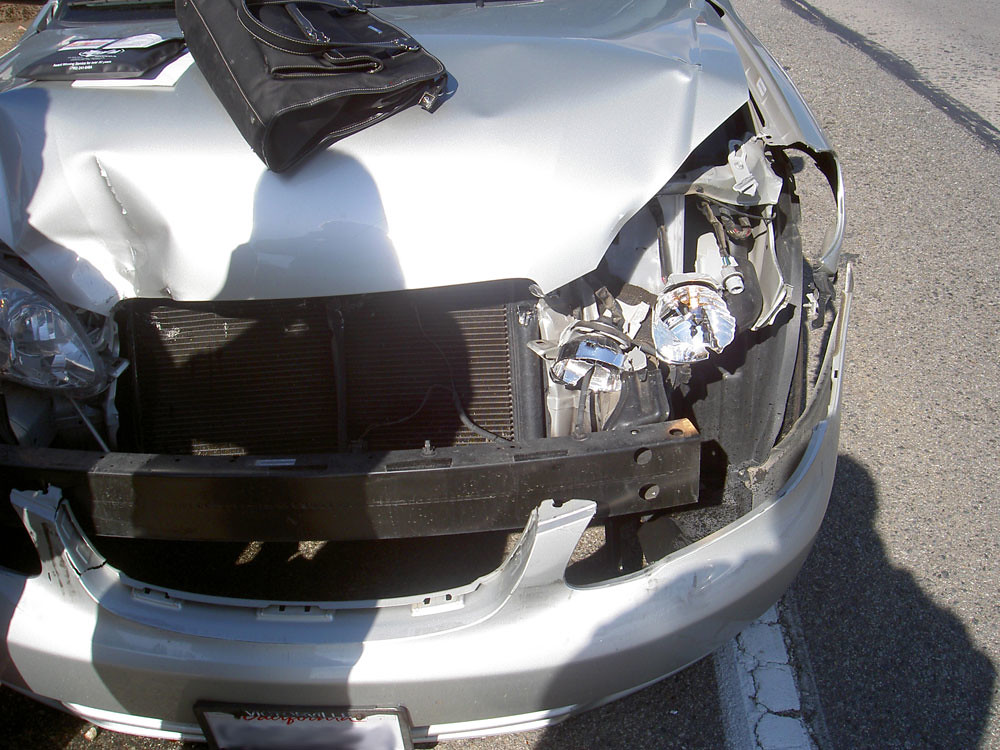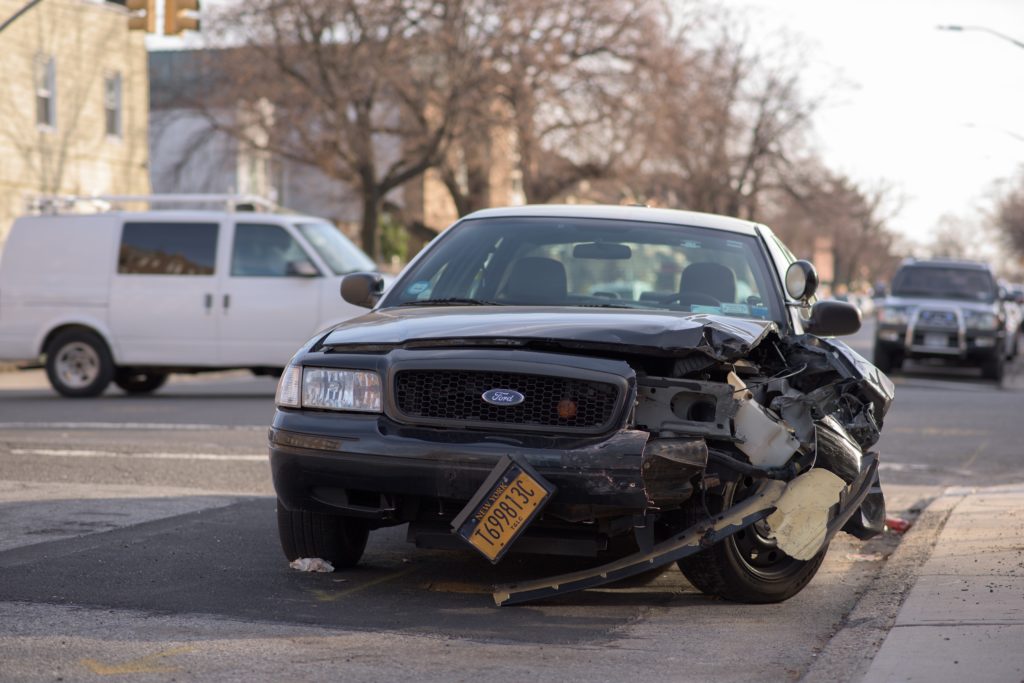A rear-end collision is a car accident where two vehicles moving in the same direction collide, and one vehicle’s front end crashes into the other vehicle’s rear end. This often results in car damage and sometimes in common car-crash injuries such as whiplash or concussion from the car accident.
Several factors go into determining who is at fault in a rear-end collision.
If you or a loved one was injured in a rear-end collision in Philadelphia, a qualified car accident attorney could help. The rear-end collision experts from The Thistle Law Firm have compiled this article to help you better determine who was truly at fault so that the at-fault party can be held responsible.
Understanding Rear-End Accident Laws in Pennsylvania
Is The Rear Car’s Driver Always The One At Fault?
In most cases, the diver of the car hit in the rear-end accident is not the one at fault. The reason is that Pennsylvania law states that drivers must maintain a safe, reasonable distance from other vehicles to avoid such accidents.
However, certain instances exist where the driver of the vehicle that rear-ended the other car is either not at fault or partially at fault and therefore may be eligible to recover damages for injuries or car damage following the crash.

“Car Accident 1 – My Car” by AaronLMGoodwin is licensed under CC BY-ND 2.0
When Is The Front Vehicle Driver At Fault?
The driver of the back car in an accident involving a rear-end crash can prove that they were not at fault if they can prove they had control of their vehicle, carefully observed the car ahead of them, and followed the other car from a reasonably safe distance. If these conditions exist, and the back car was driven in a reasonably safe manner, it is possible to prove that the front vehicle negligently created some hazard or danger that could not have been avoided.
Here are some of the ways that the front vehicle could have negligently created that hazard or danger:
- The front car made an unexpected or sudden lane change. The front vehicle’s driver might be at fault if they, without any warning, changed lanes into the path of the second vehicle.
- The front vehicle had faulty or unused brake lights. Pennsylvania law requires a vehicle’s brake lights to be in good working order and that headlights are used between sunrise and sunset, or visibility is diminished because of insufficient light or poor weather conditions. The law also requires that vehicles use their hazard lights when they cannot maintain a consistent, appropriate travel speed or when disabled or stopped on the highway. While failure to comply with these laws may not place all of the responsibility on the front vehicle’s driver, it could shift some blame.
- Defective or faulty road conditions exist, and a third party is liable. Rear-end collisions are common in road construction zones where the crash may have been unavoidable because of the city’s failure to properly mark the roads or issue visual warnings. Rear-end accidents can also be caused by potholes, debris, or road barriers positioned negligently. In such cases, a third party, such as a city, state, or county may be responsible for the rear-end collision.
- Defective brakes or some other vehicle malfunction caused the accident. It is not uncommon for a driver’s brakes to fail or for a car to defectively accelerate, causing a rear-end collision. Your Philadelphia accident attorney may call upon a mechanic, a police officer, or another qualified expert to testify in such cases.
- There were poor visibility conditions that existed. Poor visibility is often a factor in car accidents, especially in accidents involving rear-end collisions. For example, isolated fog banks or the high beams of an oncoming vehicle can temporarily blind a driver and make it reasonably difficult to avoid a rear-end crash. As noted above, that can be especially true when coupled with another factor, such as the front vehicle suddenly changing lanes or not having their lights on in bad weather.
- There was a sudden road hazard or an animal crossing the road. The “sudden emergency doctrine” takes effect when a pedestrian, an animal, or any other hazard appears in front of a moving vehicle and that car swerves, causing the accident. In this case, the driver has to prove that a sudden emergency happened, not by their own doing, and it required immediate action that was reasonable given the circumstances. Single car accidents in PA also happen due to hazards quite often.

Photo by Michael Jin on Unsplash
When Both Drivers Are at Fault
Pennsylvania car accident law states that if you bear less than 50% of the fault in a car accident, you can still recover damages. For example, if a jury determined that you were 40% at fault in the accident, your recovery award would be diminished by that amount. So, if you were awarded a $100,000 verdict, you would receive $60,000.
Rear-End Accident Lawyers in Philadelphia
If you’re searching for an accident lawyer specializing in rear-end collisions, look no further than the Pennsylvania car accident experts at the Thistle Law Firm. Our experienced accident attorneys can help you determine who is at fault in your motor vehicle accidents and work to get you the best possible outcome.
Contact the Pennsylvania car crash attorneys at The Thistle Law Firm today or call them directly at 215-525-6824 to schedule a free consultation.

